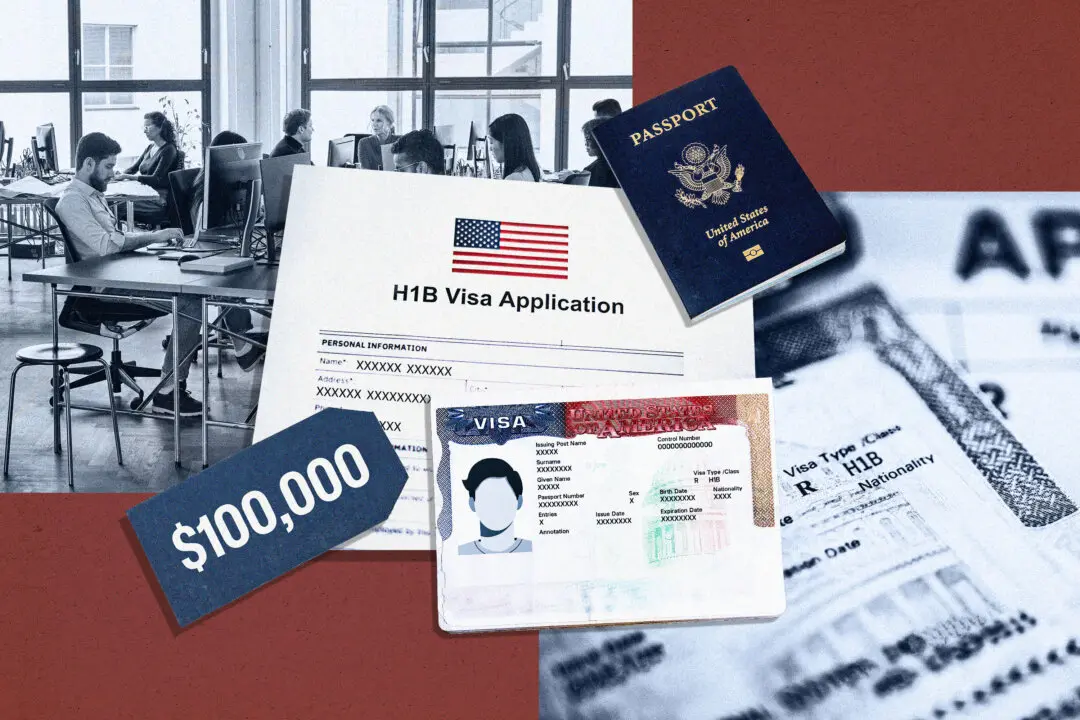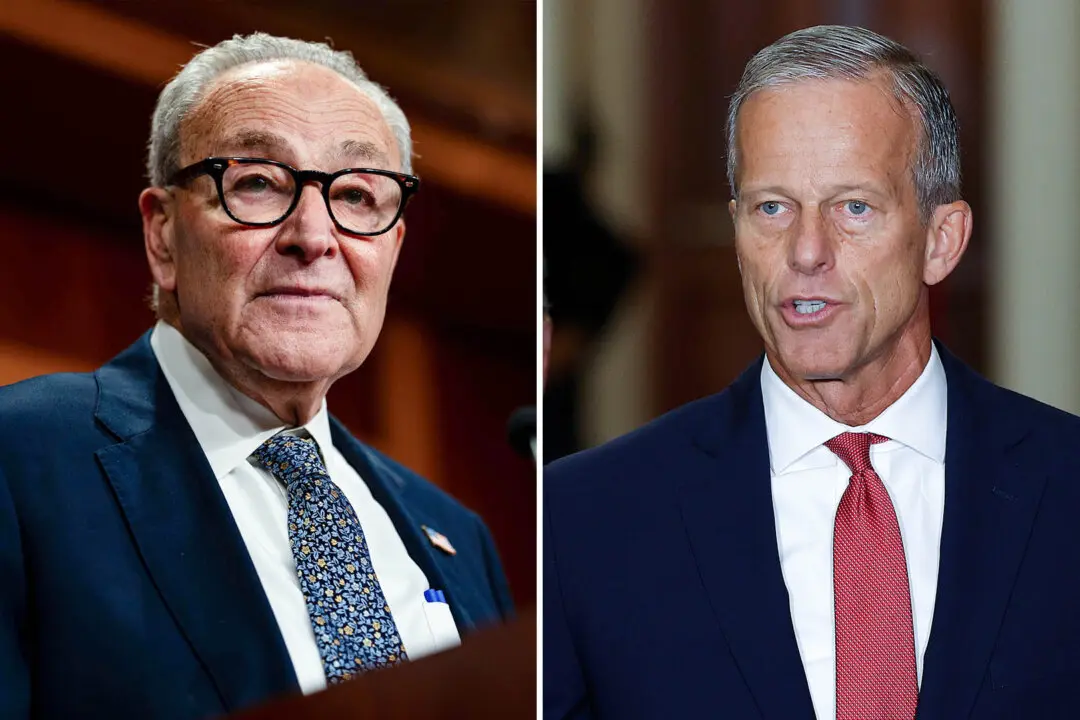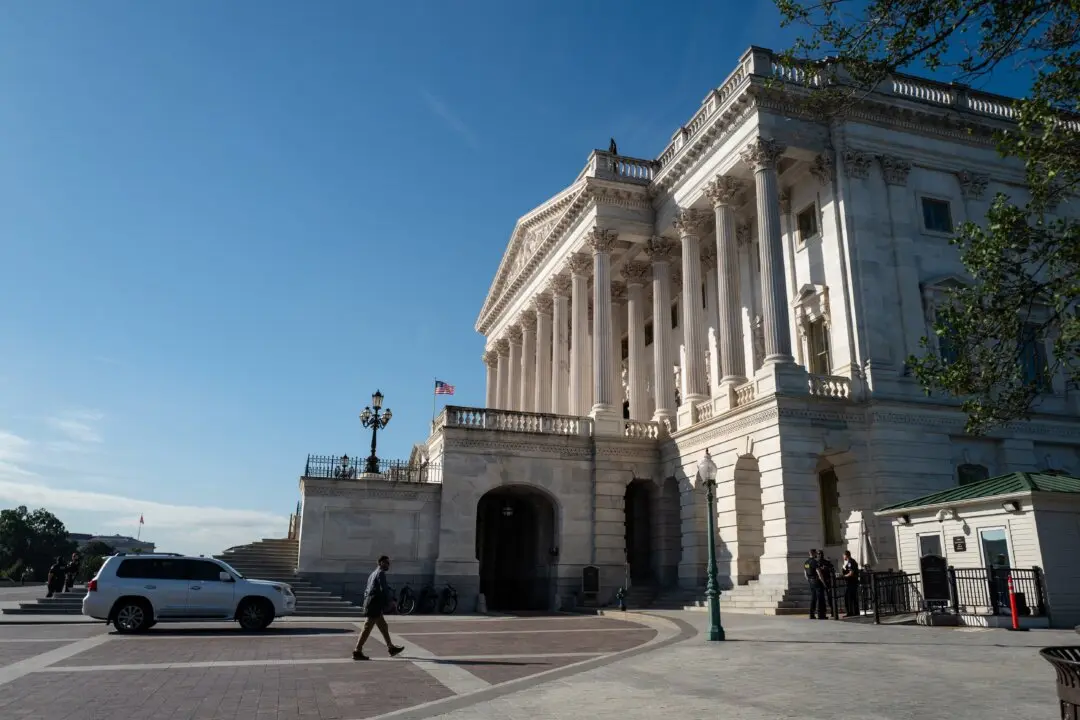United Airlines flew more than 100 passengers on a new Boeing 737 MAX 8 from Chicago’s O’Hare International Airport to Reagan National Airport in Washington, D.C. on Wednesday. The 612-mile trip used “sustainable aviation fuel” (SAF) on an unprecedented scale for a flight with many people on it.
Airlines are currently eligible for a $1 per gallon tax credit for using biodiesel fuels. Although this subsidy is slated to expire in 2022, the House version of the Build Back Better Act that passed Nov. 19 includes a new biodiesel tax credit specifically designed for aviation with a floor of $1.25 per gallon, along with “the applicable supplementary amount with respect to such sustainable aviation fuel.”





